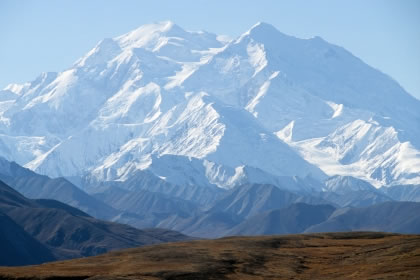A visit to another country often means adjusting to another currency. In India, that currency is the rupee.
One rupee is equivalent to around two US cents. A rupee is divided into 100 paise, although paise coins are becoming scarce.
Most Indian tourist towns and cities have automatic teller machines linked to international networks. Cards are also accepted at many Indian stores, upmarket restaurants, hotels, and train stations. However, as power outages are frequent and machines are often out of order, visitors should always carry a back-up such as cash or travelers’ checks. This is also important if traveling off the beaten track, as small towns are unlikely to have ATMs or currency trading facilities.
Indian banks including Citibank, ICICI, HSBC, HDFC, the Punjab National Bank, and the State Bank of India also accept foreign cards and major currencies such as US dollars, UK pounds, and euros. Charges for international transactions can be high, but often the favorable bank exchange rate cancels this out. Making larger transactions less frequently can help to keep the price down.
Making larger transactions less frequently can help to keep the price down.
Tourists should carry their passport at all times, as they will need to present it to change currency or travelers’ checks. Unlike many countries, it’s uncommon to pay a fee for exchanging currency. When changing money, tourists should check each note carefully. Dirty, ripped, or disintegrating notes are common, and may not be accepted as legal tender. If tourists do get saddled with these defective notes they should exchange them for new ones at Reserve Bank of India branches.
Many shopkeepers and service workers do not have a lot of change, so it’s worth carrying a supply of small currency. Rs 10, 20, and 50 notes are useful, so take some of these smaller notes when changing currency.
India is a country which caters for all budgets. While luxury accommodation and fine dining restaurants will please rich travelers, those on a budget won’t feel like they’re missing out too much.
Prepare to pay more for services in India’s largest cities, including Mumbai and Delhi. Entry to local attractions can cost more for international tourists, who may also pay a surcharge to use their still and video cameras.
Dining is very affordable, with a meal at a basic restaurant costing as little as Rs40. Street vendors charge even less than that for their hearty cuisine. A splurge at a gourmet eatery might cost between Rs150 and Rs350, which is still significantly less than it would in Europe or the United States.
Transport is also cheap, from hiring a car and a driver to get about the city to catching a plane from one end of the country to the other.
Tourists are not permitted to take rupees out of India, although this is rarely enforced. To be on the safe side, travelers can convert their rupees to another foreign currency at the airport before leaving India.
